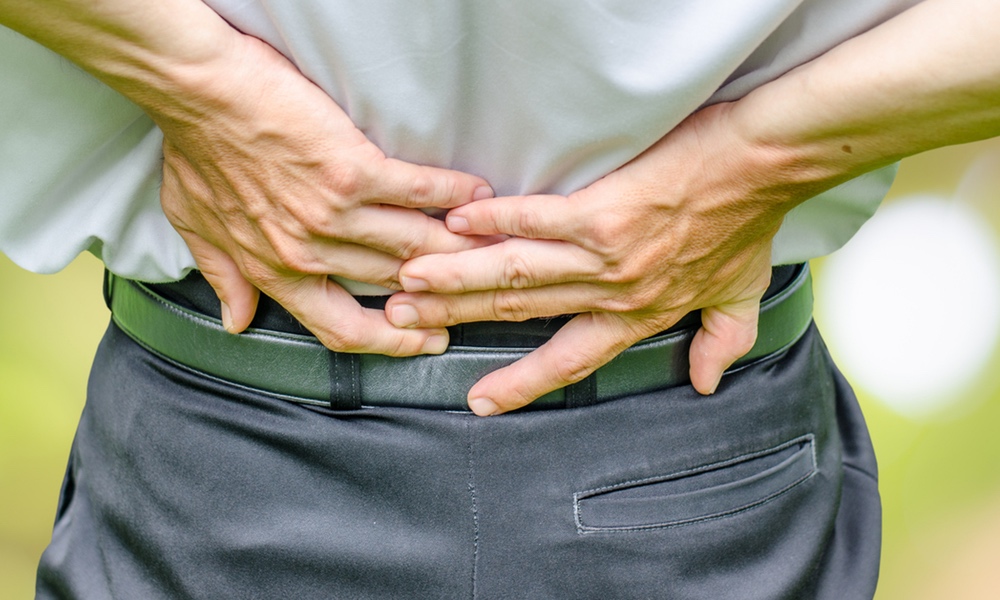If you have low back pain, you are not alone, and there's a low-cost way to ease it you should probably try. Lower back pain is incredibly common — it is estimated to affect more than 600 million people worldwide.
Back pain is not usually a one-time thing, either. About 70 percent of those with lower back pain have a recurrence within 12 months. Exercise is often recommended to prevent recurrence, but the studied programs have tended to be group-based and require close clinical supervision and expensive equipment; making them expensive and difficult for many people to access.
Walking is a promising solution to this problem. Not only is it a low-cost form of exercise that is accessible to almost everyone, it more than doubled the amount of time between recurrences of lower back pain among a group of adults in a recent Australian study.
“[Walking] not only improved people's quality of life, but it reduced [the] need to seek healthcare support and the amount of time taken off work by about half,” making it a very cost-effective mode of pain relief, Natasha Pocovi, lead author and a postdoctoral fellow in the health sciences at Macquarie University in Sydney, said.People in the walking intervention group went a little more than 200 days before their lower back pain recurred. Those in the control group only went about 110 days before they had a recurrence.
The trial, dubbed WalkBack, enrolled 701 adults 18 years old and older across Australia. All the participants had recently experienced an episode of non-specific lower back pain that lasted for at least 24 hours. They were randomly assigned to either a progressive daily walking intervention that included six sessions and education with a physical therapist over six months or a non-treatment control group. Participants were followed for one to three years, depending on when they enrolled in the study.
People in the walking intervention group went a little more than 200 days before their lower back pain recurred. Those in the control group only went about 110 days before they experienced a recurrence.
The researchers don't know exactly how walking relieves lower back pain, so the mechanism of action for this is another possible focus for future research, according to senior author Mark Hancock. It may be that the benefits of walking come from the gentle oscillating movements involved in walking, a stronger back and spinal muscles, its ability to relieve stress and the release of the so-called “feel good” hormones, endorphins.
“We also know that walking comes with many other benefits, including higher bone density, cardiovascular health, healthy weight and improved mental health,” added Hancock, a professor of physiotherapy at Macquarie.
Going forward, the researchers hope to find ways to integrate this preventive approach into the routine care of those who have experienced lower back pain. It would be important to see if the walking intervention is effective when provided in fewer sessions or by other clinicians such as exercise physiologists.
The study and a related editorial are published in The Lancet.





